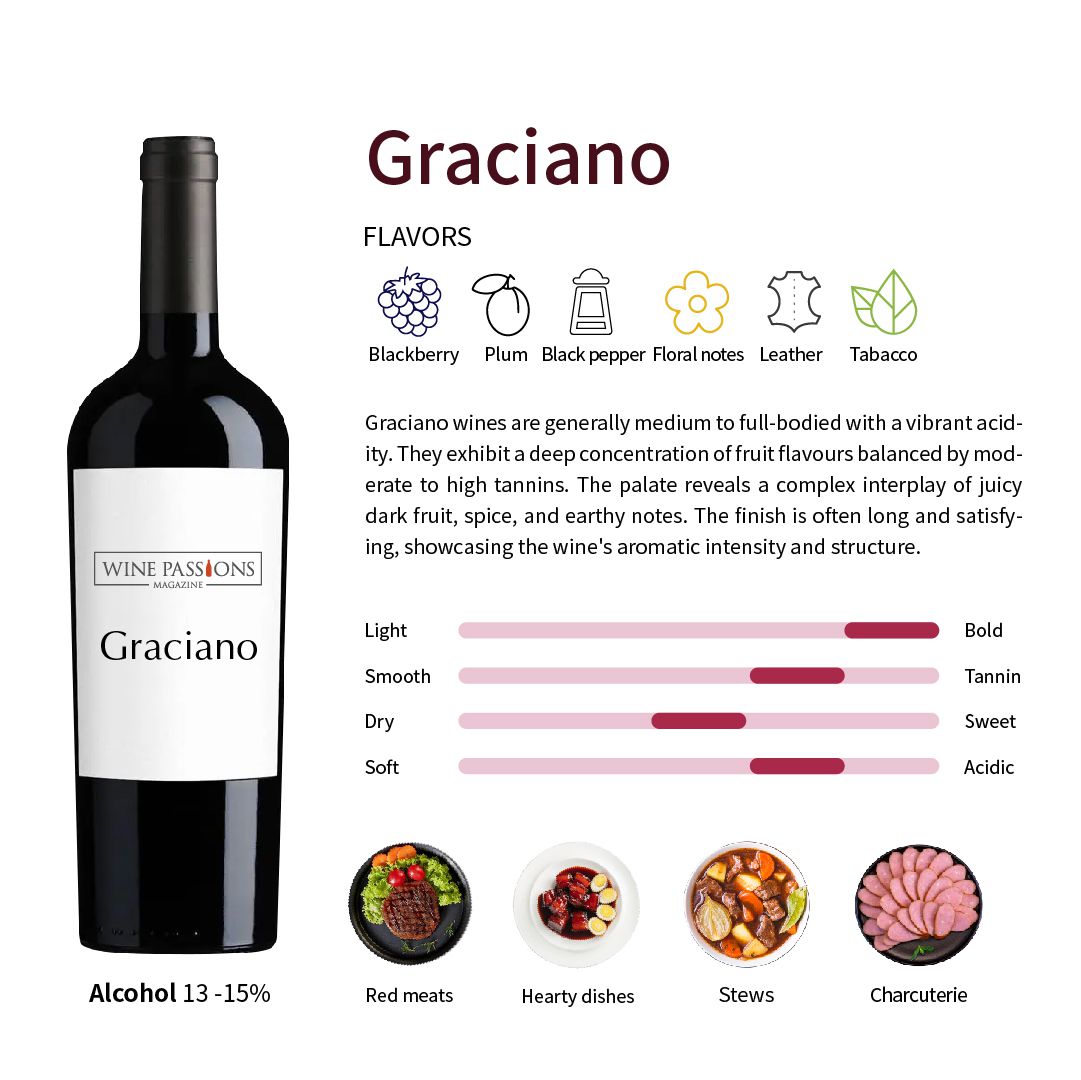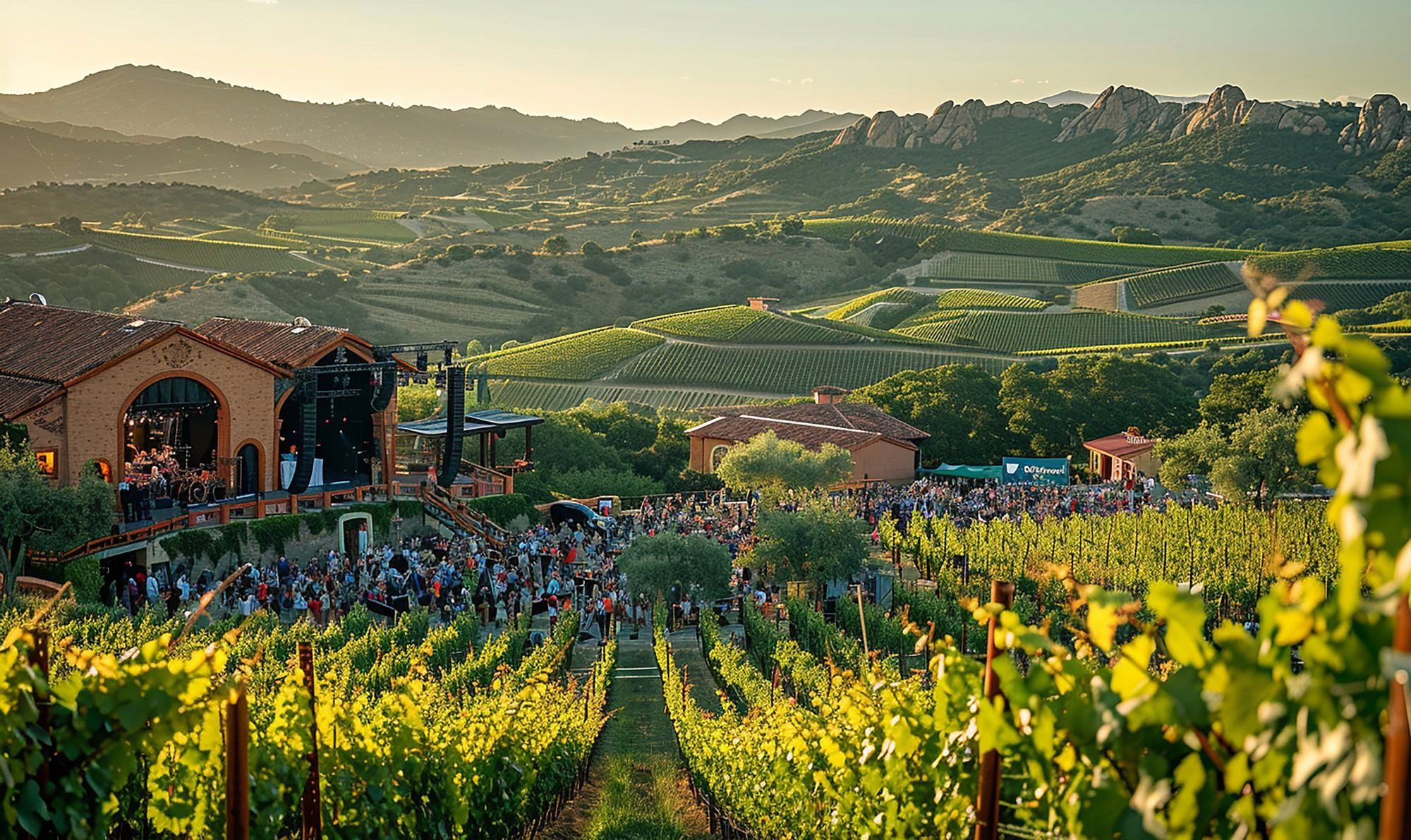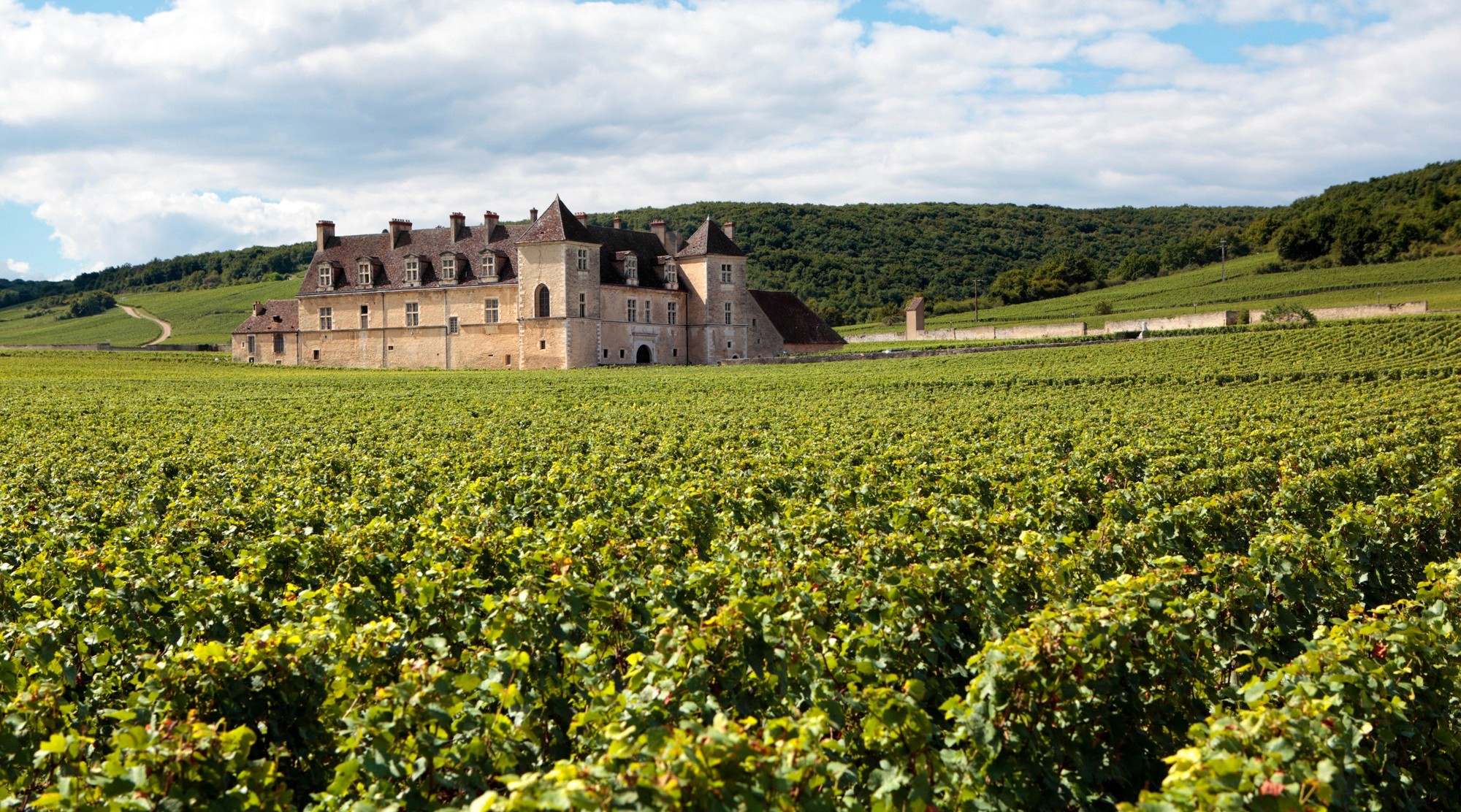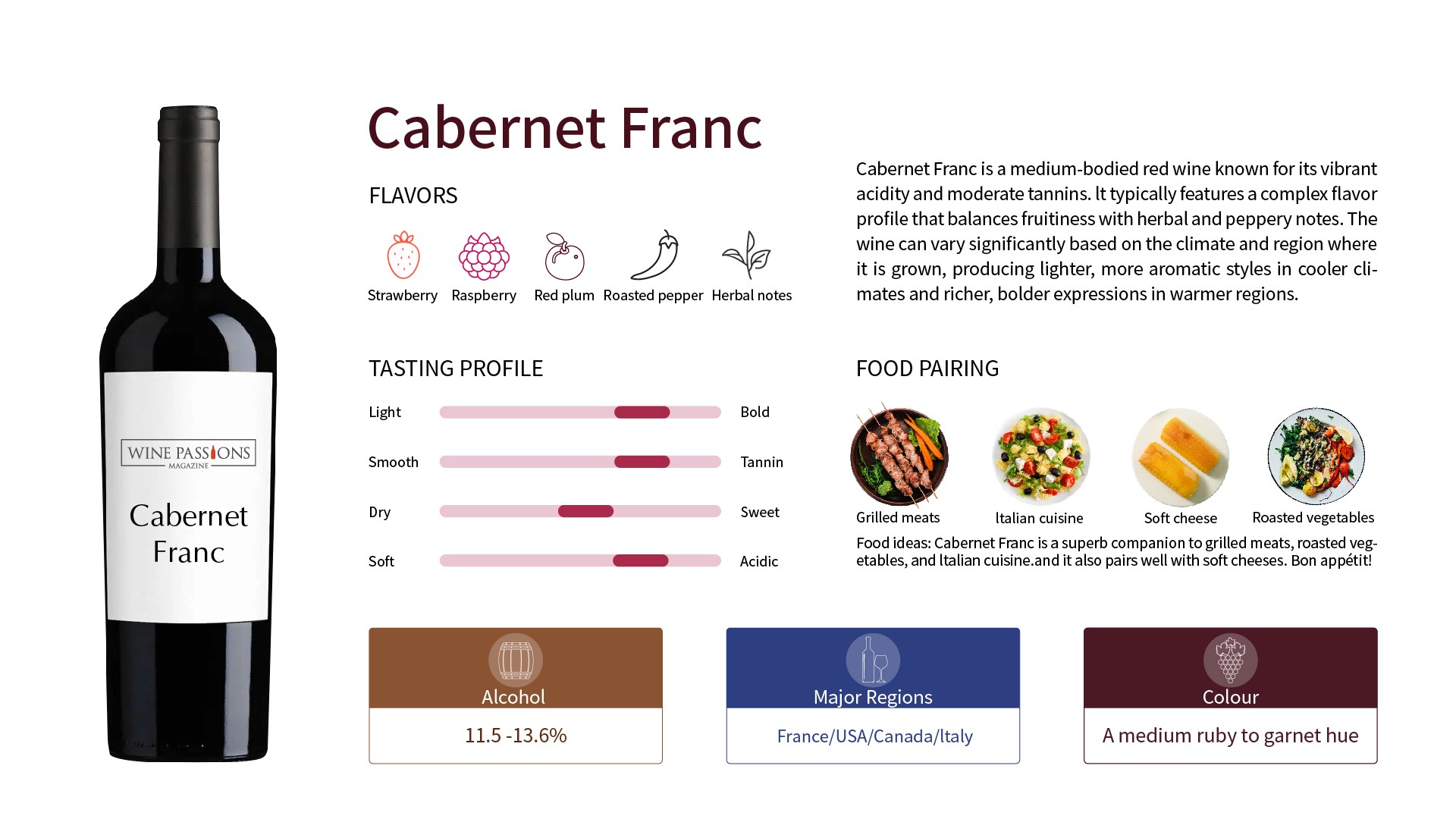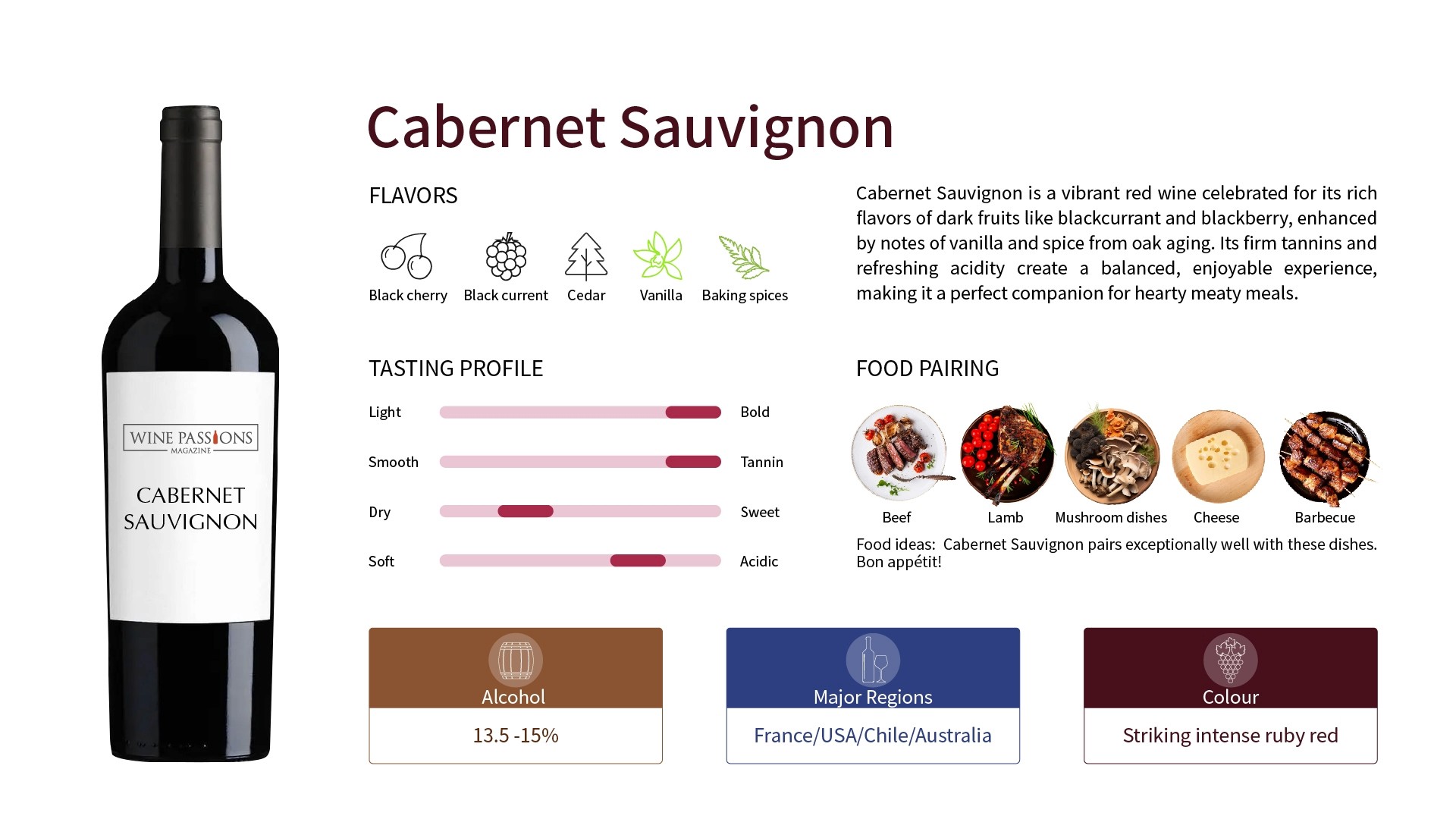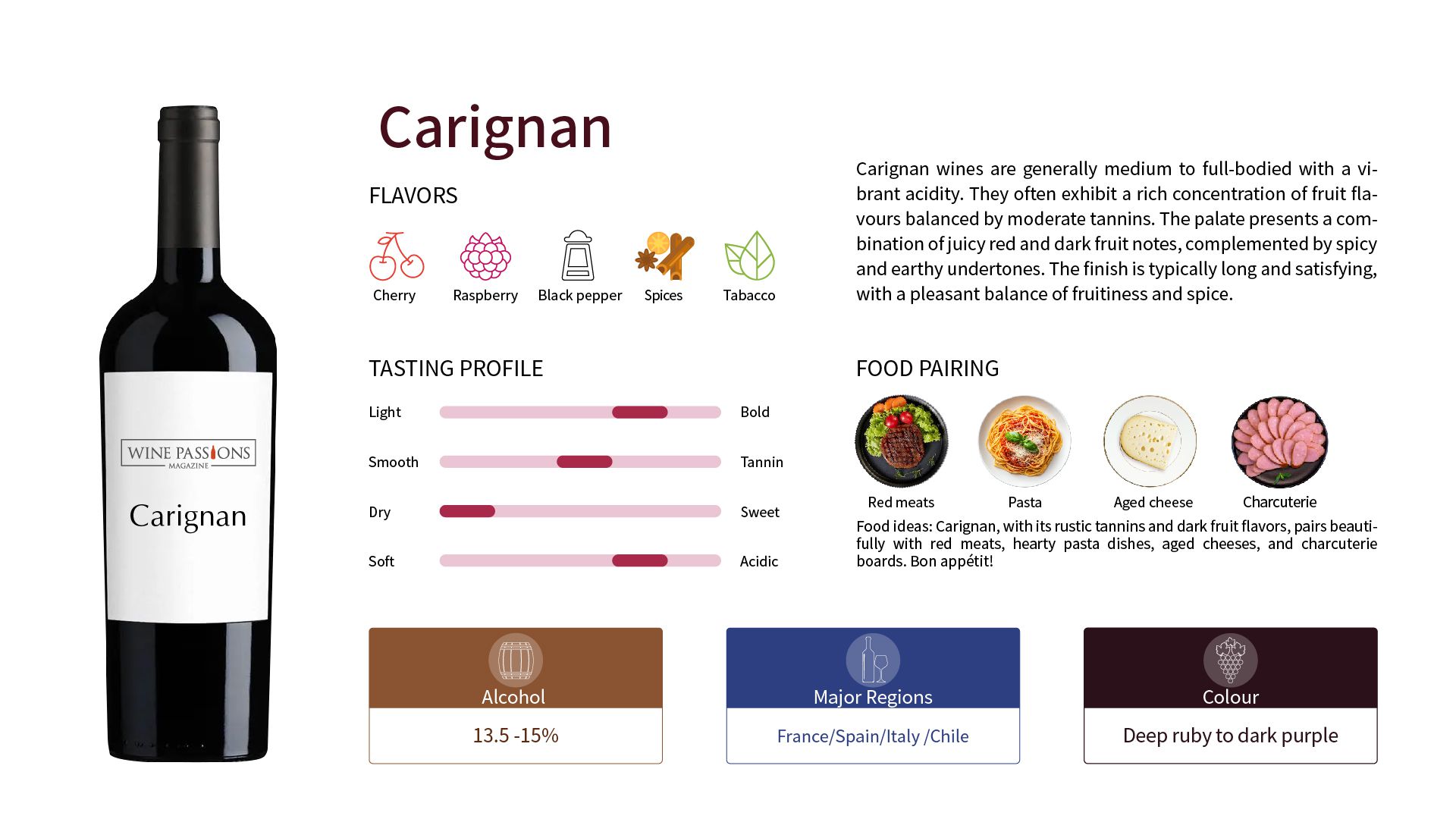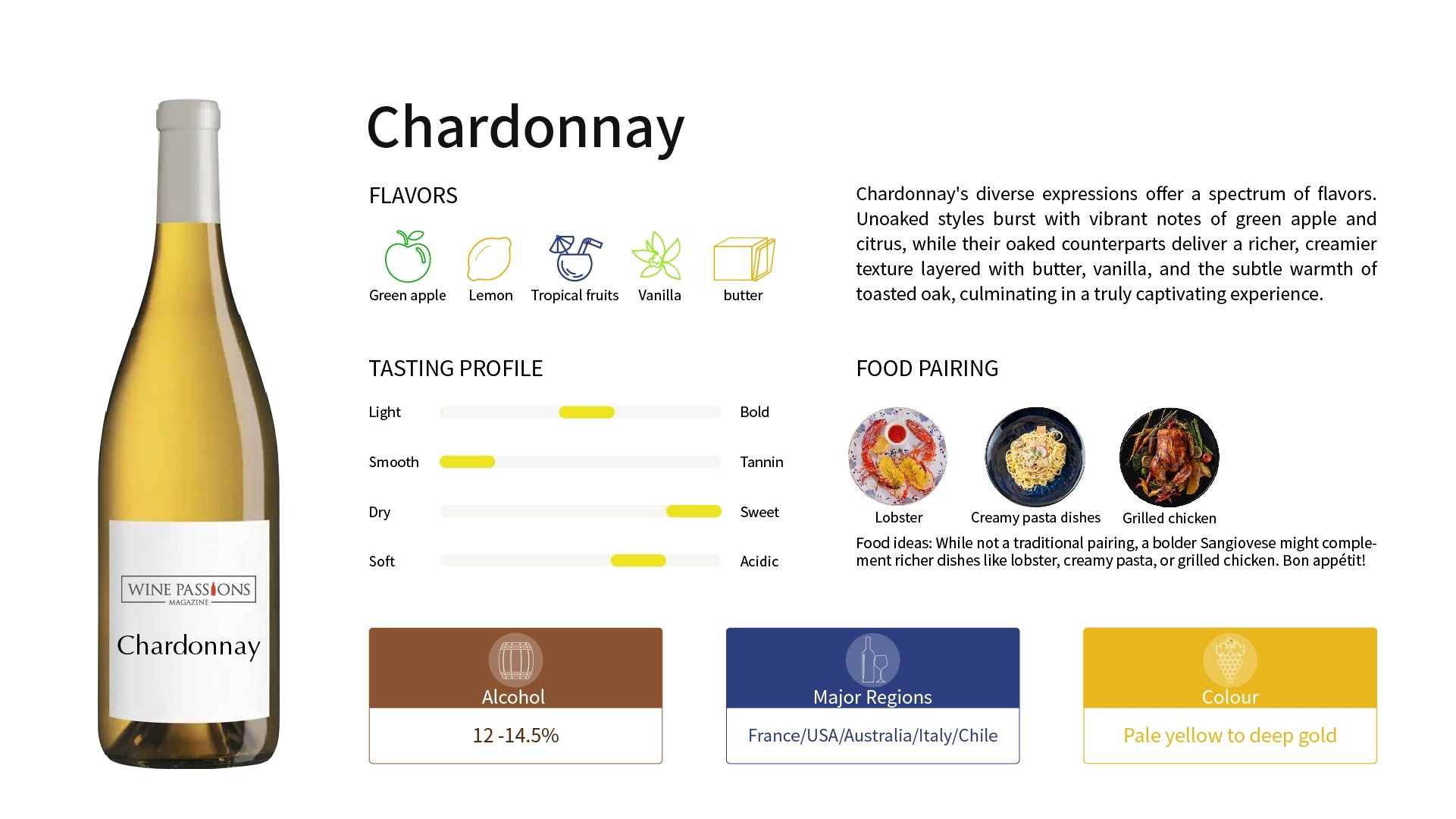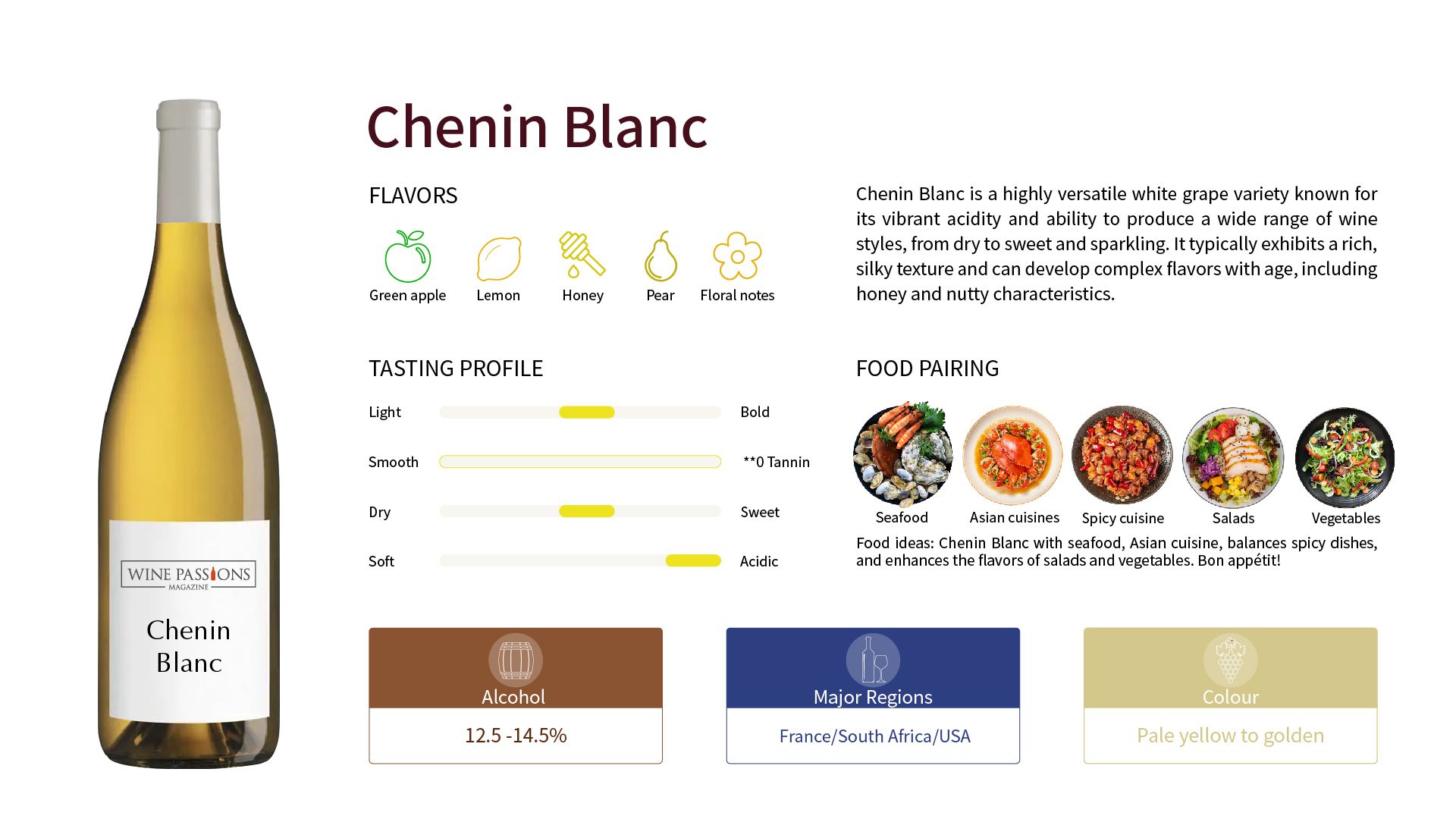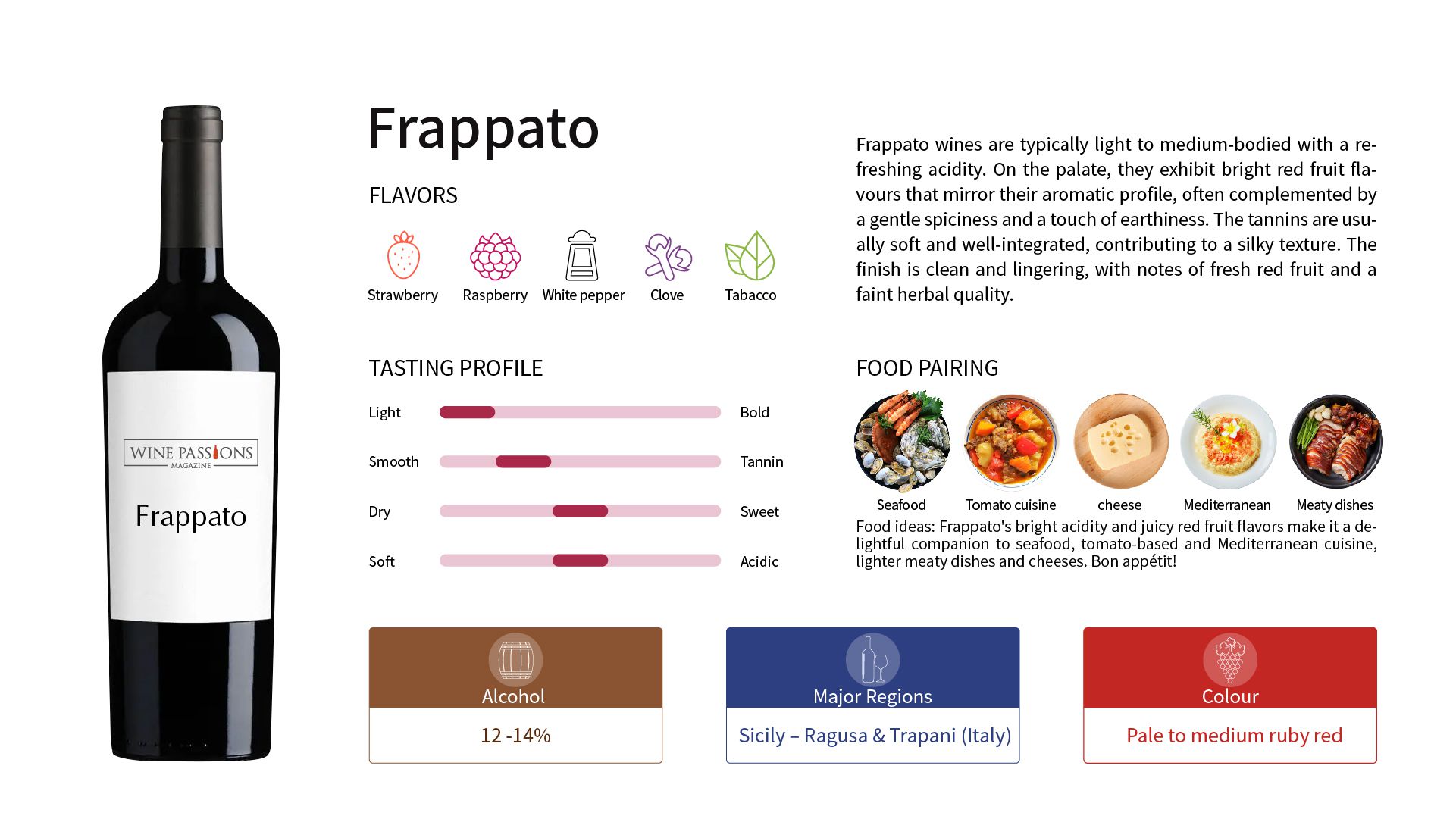Cabernet Franc
Background and Origin
Graciano grapes were first introduced to the Rioja region of Spain in the 19th century, primarily used as a minor component in blends alongside varieties like Tempranillo to enhance the wine's color and acidity. Over time, Graciano began to gain prominence in the Navarra region, where the climate and soil conditions are highly suitable for its growth.
Starting in the 20th century, winemakers gradually recognized the potential of Graciano, particularly in enhancing the structure and flavor of the wine. Its unique flavor profile has led it to become a star varietal for single varietal wines. Graciano is highly sensitive to climate change, therefore it can showcase its best flavors when grown in suitable environments, and more wineries are beginning to focus on producing 100% Graciano single varietal wines.
Today, Graciano is valued not only in Spain but has also expanded its cultivation to other countries, such as Argentina and California (USA). Currently, Graciano covers approximately 900 hectares in Spain, primarily concentrated in the Rioja and Navarra regions. Despite facing new challenges brought by climate change, winemakers are working hard to adapt to these changes to ensure Graciano can continue to showcase its unique flavor and meet market demands.
Reasons for Popularity
Excellent Aging Potential: With high acidity and strong tannins, it develops more complex flavors as it ages in the bottle, attracting many consumers who enjoy aged red wines.
Growing Focus on Single Varietals: With consumers increasing their interest in single varietal wines, Graciano is gaining more attention as an independent varietal, its uniqueness appealing to a new generation of wine lovers.
High-Quality Blend Component: In Spain, Graciano is often used in blends with varieties like Tempranillo and Garnacha. This blending not only enhances the wine's structural body but also improves its aging potential, making it an important component in many classic Spanish blends. Graciano can provide the necessary acidity and color to blended wines, resulting in a more balanced and rich final product.
Tasting Characteristics
Fruity Aromas: Typically displays rich and vibrant fruit flavors, including black cherry, blackberry, and plum.
Floral Notes: Often carries bright floral aromas, such as orange blossom, rose, and violet, as well as leather, smoky, and mineral flavors.
Palate: Features a medium to full-bodied profile, with sweetness ranging from dry to very sweet.
Main Regions
Graciano is a red grape variety primarily produced in Spain, and although its origin is in Spain, there is now some cultivation in other countries. Below are the main regions for Graciano:
Spain: The most famous regions for Graciano are Rioja and Navarra. In these areas, Graciano is often blended with other varieties such as Tempranillo to enhance the wine's aroma and structure. Despite its relatively small planted area, the quality and uniqueness of Graciano in these regions are widely recognized.
Portugal: In Portugal, Graciano is known as Tinta Miuda, mainly grown in the Lisboa and Alentejo regions. The wines from here typically have good acidity and tannin structure, suitable for aging.
France: In France, Graciano is referred to as Morrastel, and it used to be widely planted in the Languedoc-Roussillon region but has since become relatively rare.
Italy: In Italy, Graciano is known as Bovale Sardo or Cagnulari, mainly distributed in some regions of Sardegna.
Famous Graciano Wine
Viña Zorzal Graciano
Hailing from the Navarra region of Spain, it is praised for its refreshing acidity and pure expression. This wine is made from 100% Graciano grapes and aged for 9 months in old French oak barrels. Its body exhibits a clear ruby color, exuding intense aromas of fresh black fruits like blackberry and blackcurrant, accompanied by delicate hints of black pepper, cedar, and earth.
On the palate, Viña Zorzal Graciano is dry and fresh, with soft tannins and a medium body. The flavors of black fruits intertwine with a delicate mineral sensation, providing a lasting finish. This wine is an excellent match for dishes such as vegetable meatballs, red wine-braised chicken, or sugar snap pea duck breast.
Bodegas Borsao Graciano
Bodegas Borsao, located in the Campo de Borja region of Spain, is renowned for its rich Garnacha (Grenache), but Graciano is also an important part of its production. This Bodegas Borsao Graciano showcases intense black fruit flavors and good structure, making it a superb choice for exploring Graciano. The winery was established in 1958 and is operated by 700 families, committed to enhancing the quality of local wines.
Praised for its rich texture and complexity, it typically features aromas of dark fruits such as blackberry, plum, and blueberry, along with hints of spice and subtle oak. This wine has well-structured tannins, making it suitable for pairing with rich meat dishes, such as lamb or beef stew. In recent years, this wine has garnered multiple international awards, further solidifying its position in the market.
Austin Hope Cellar Select Graciano
From the Paso Robles region of California, it is loved for its intense fruit aromas and smooth texture. This wine features an alcohol content of 14.5%, showcasing rich aromas of purple fruits like violets, strawberries, and black plums, accompanied by delicate hints of sandalwood, vanilla, and coconut.
This wine is lush and silky on the palate, melting in your mouth, with rich flavors of cherry, blackberry, cinnamon, and coffee. It pairs perfectly with classic American barbecue or pasta.
Tasting Method
Tasting Temperature: Recommended is 16-18°C
Tasting Glass: Large red wine glass
Decanting Time: 30 minutes
Aging Potential: 3-5 years
Food Pairing
Red meat barbecue: such as lamb or beef
Spanish specialties: such as ham, Chorizo, and Manchego cheese, along with Prosciutto.
Stews/juicy dishes: casseroles, or dishes cooked with lentils or other beans.
Fresh fish dishes: such as bass or mackerel
